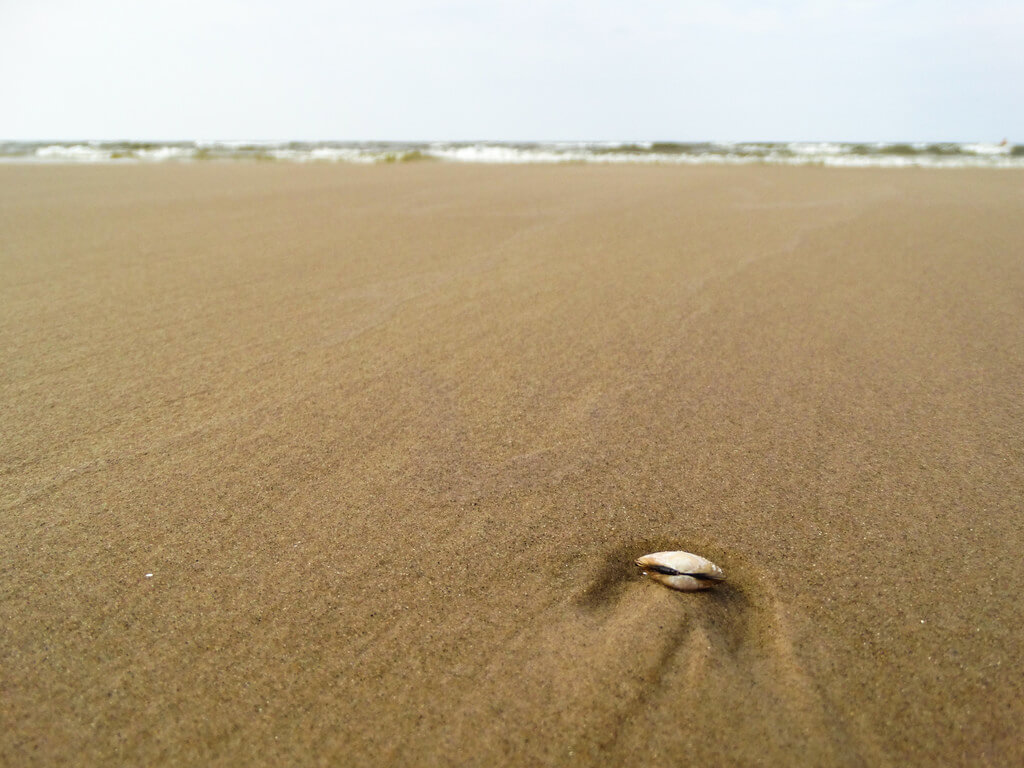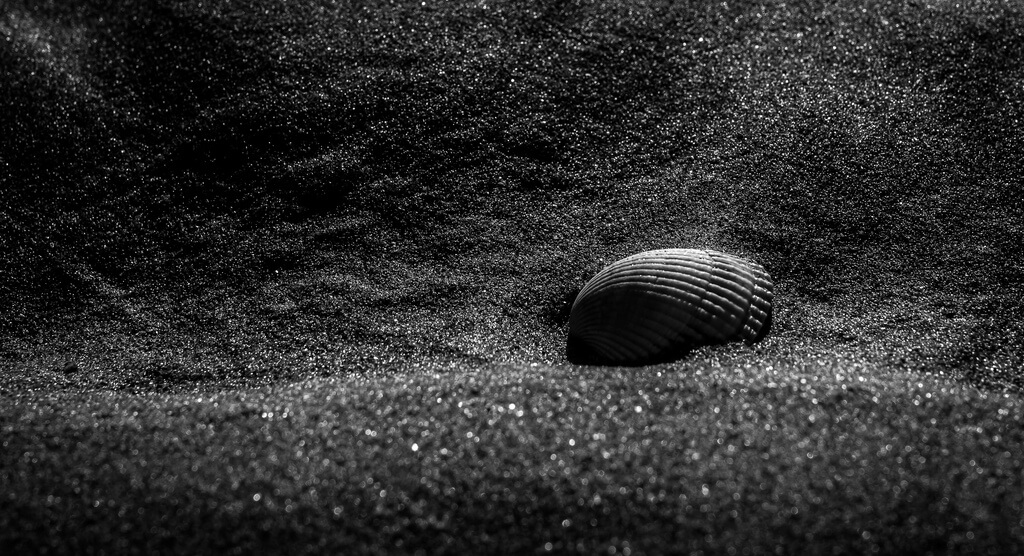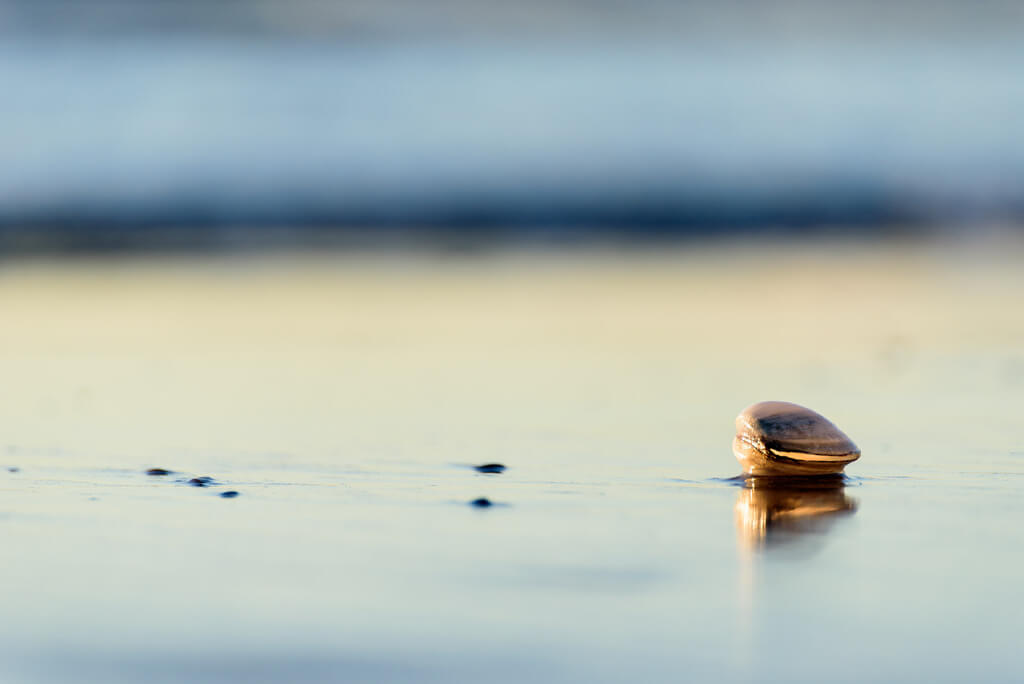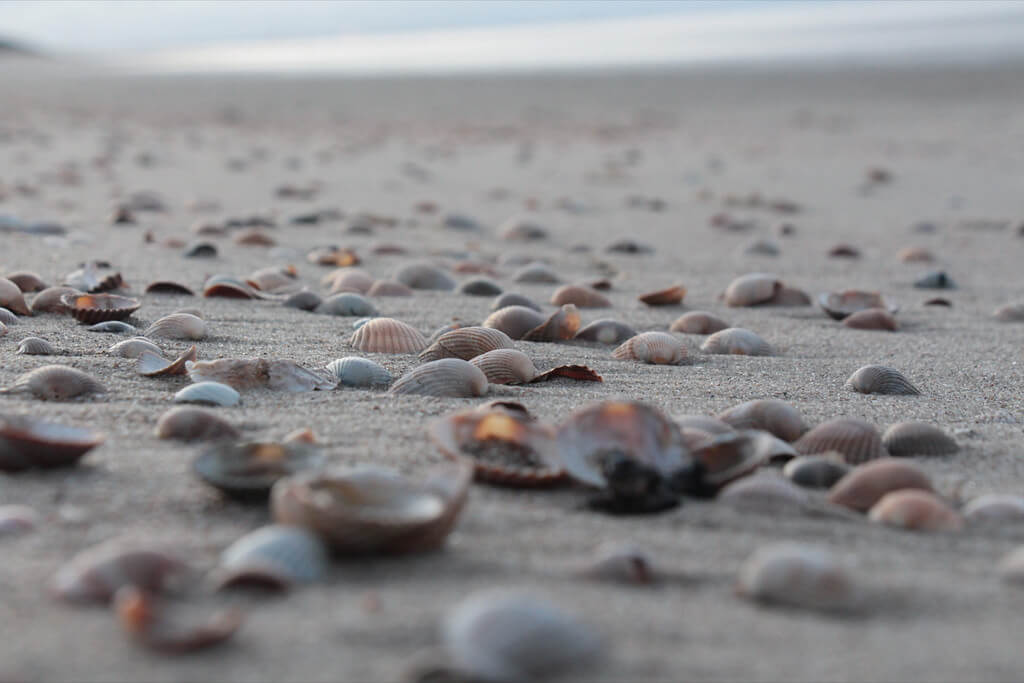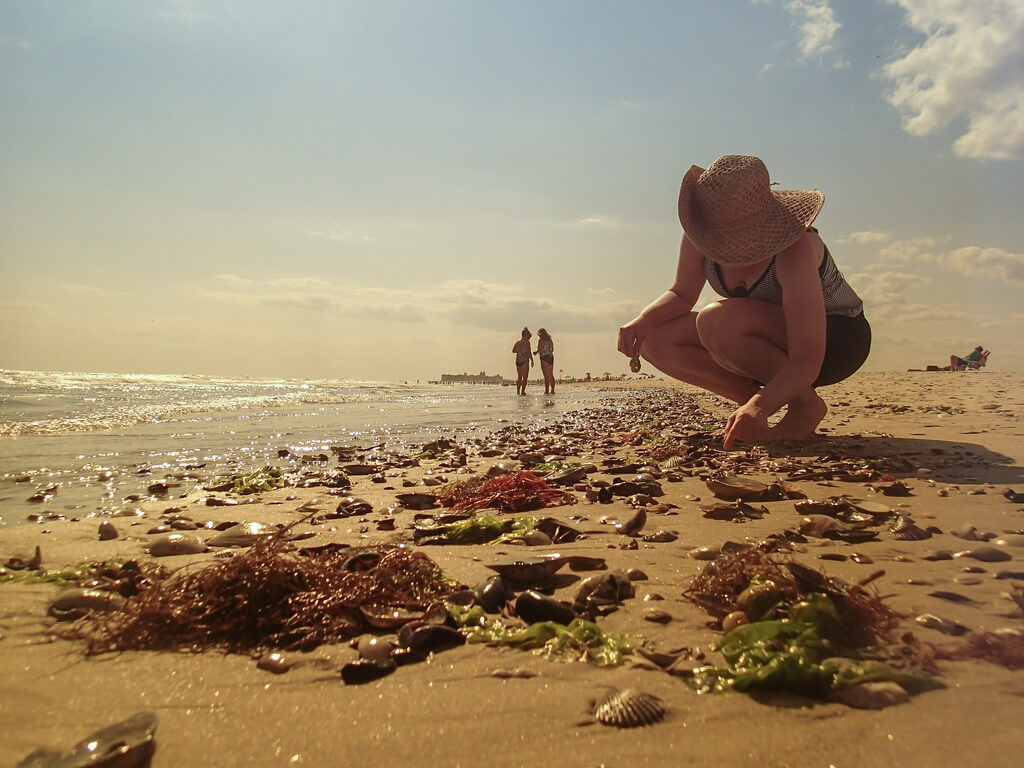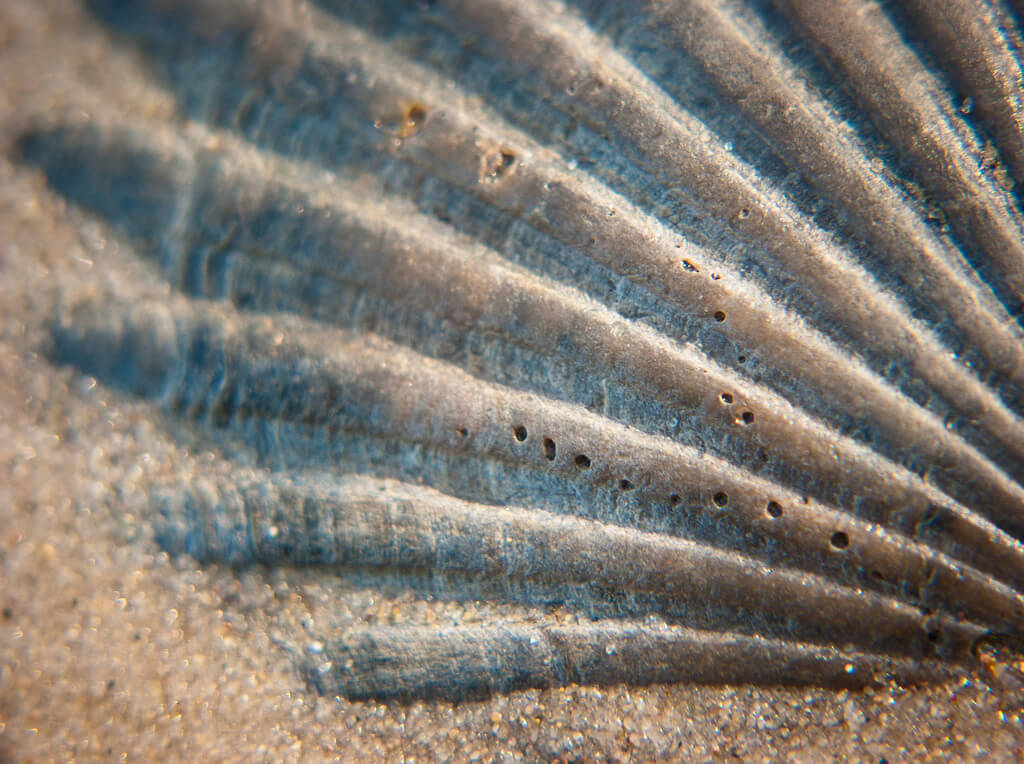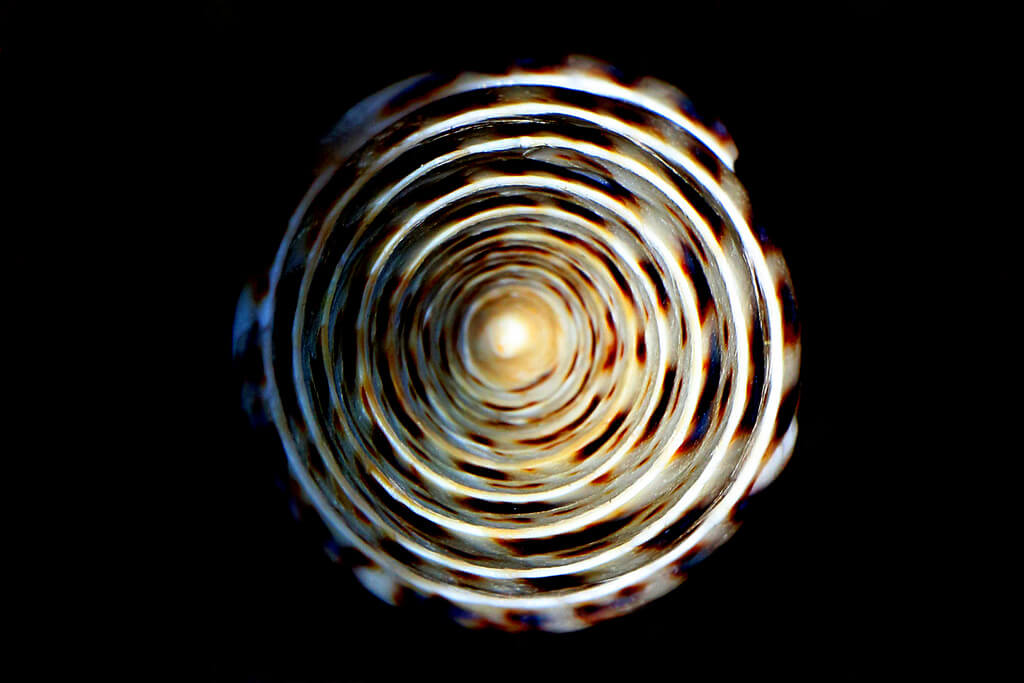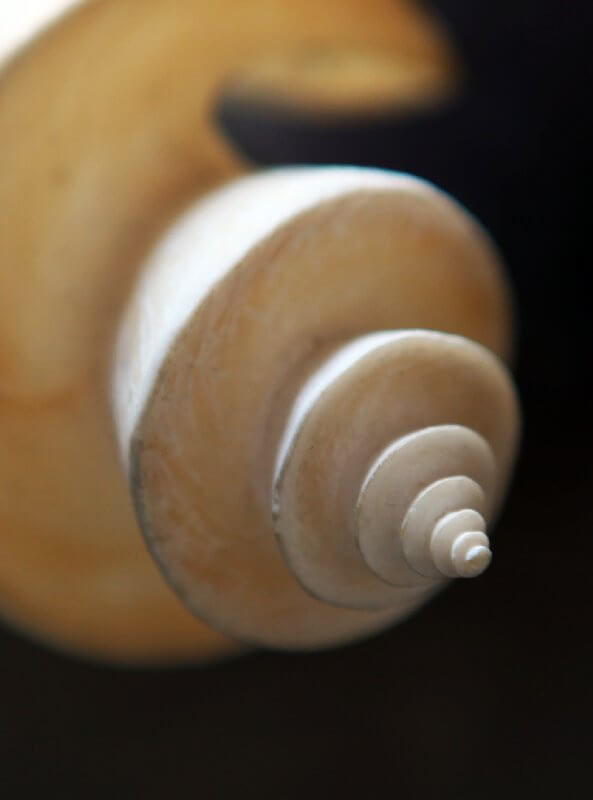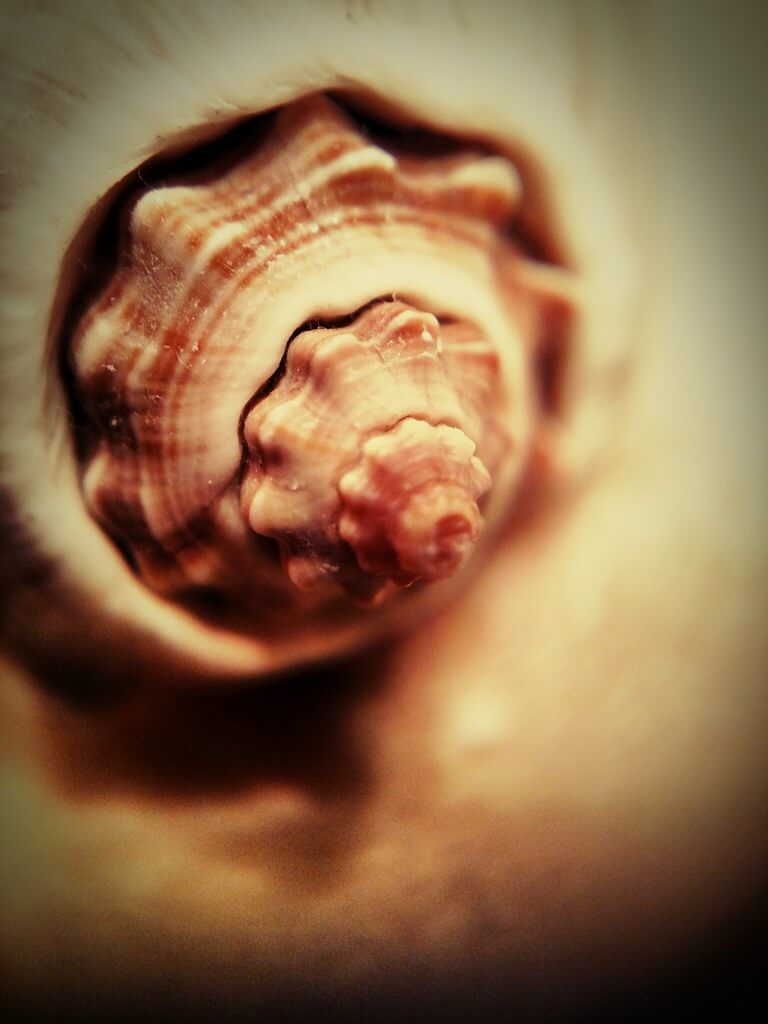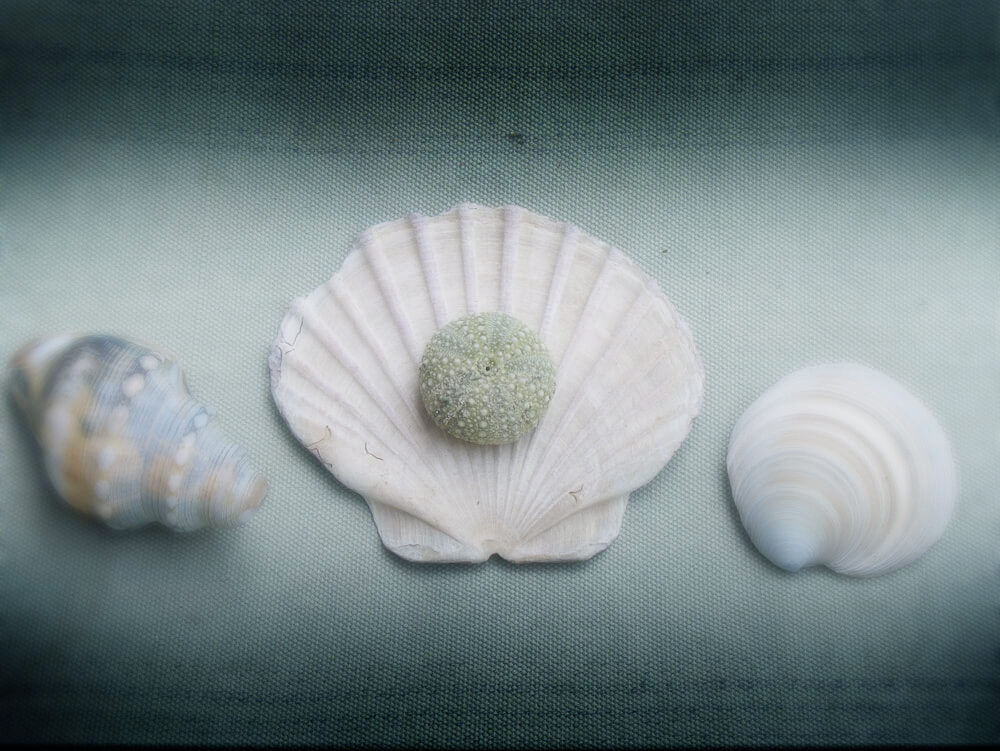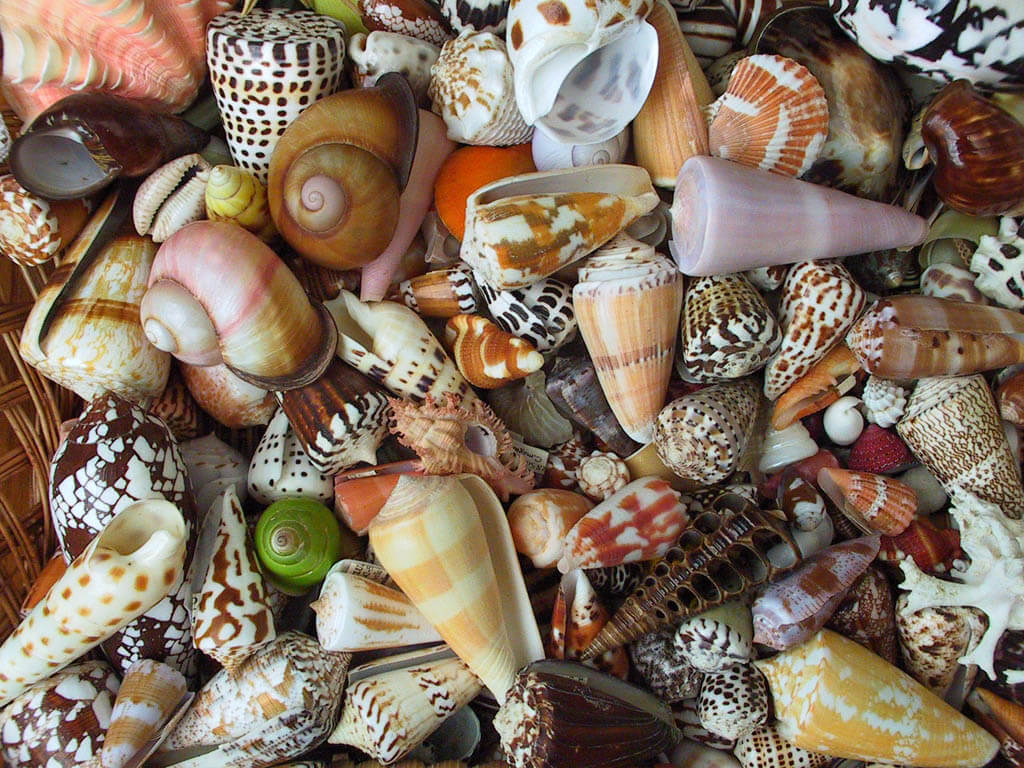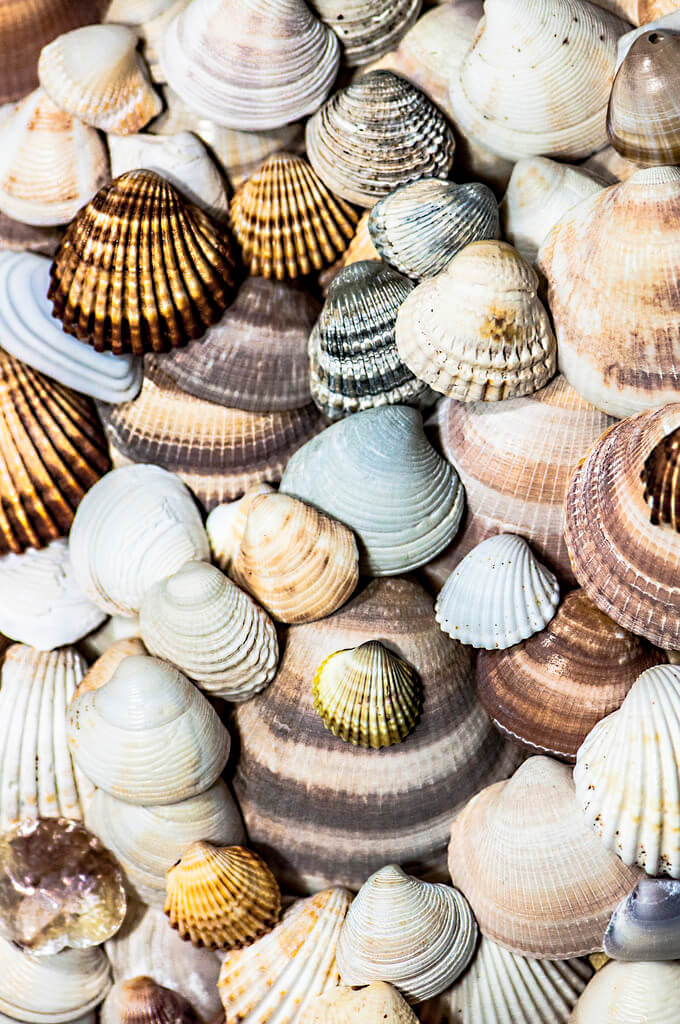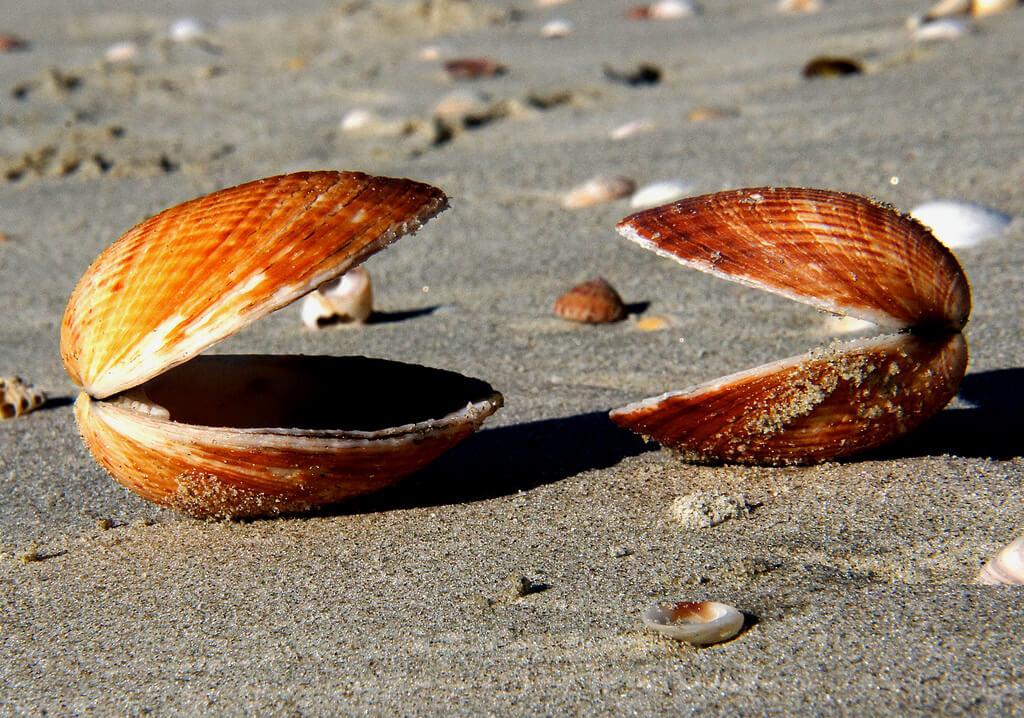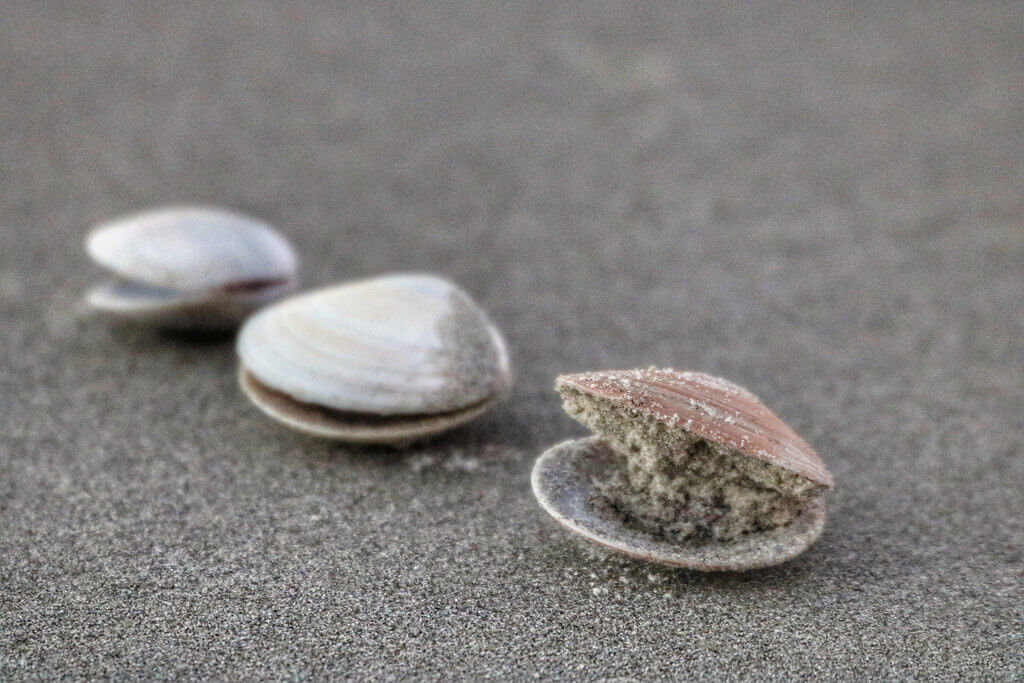Seashells are excellent photography subjects because of their lovely colors, interesting patterns, and elegant beauty. They’re also easy to find. Even if you don’t live close to a beach, you can buy seashells in bulk at craft shops, general retail stores, or online.
For photography, though, it’s best to find your seashells at a beach. Although store-bought seashells can look as beautiful as seashells found “in the wild,” you won’t be able to photograph them in their natural setting. You’ll have to choose a different setting/background for your photos.
Fortunately, seashells are gorgeous enough to photograph in a variety of settings. As long as the background isn’t too busy and distracting, a seashell will easily attract your viewers’ attention. Add good lighting and interesting composition, and that’s it! You’ve got a great shot in no time.
Seashell Photos and Ideas
Seashells are adaptable photography subjects, good for all kinds of photo shoots. But if you need some ideas to jumpstart your creativity, here are some good ways to photograph seashells, along with inspiring photos from Flickr.
Photograph shells in the sand.
Sand is a wonderful background for seashells because it’s both neutral-colored and smooth. This smoothness makes the curves and shadows of a seashell stand out. They contrast each other yet also look natural together, as both belong by the sea.
Егор Журавлёв – Gulf of Riga shell
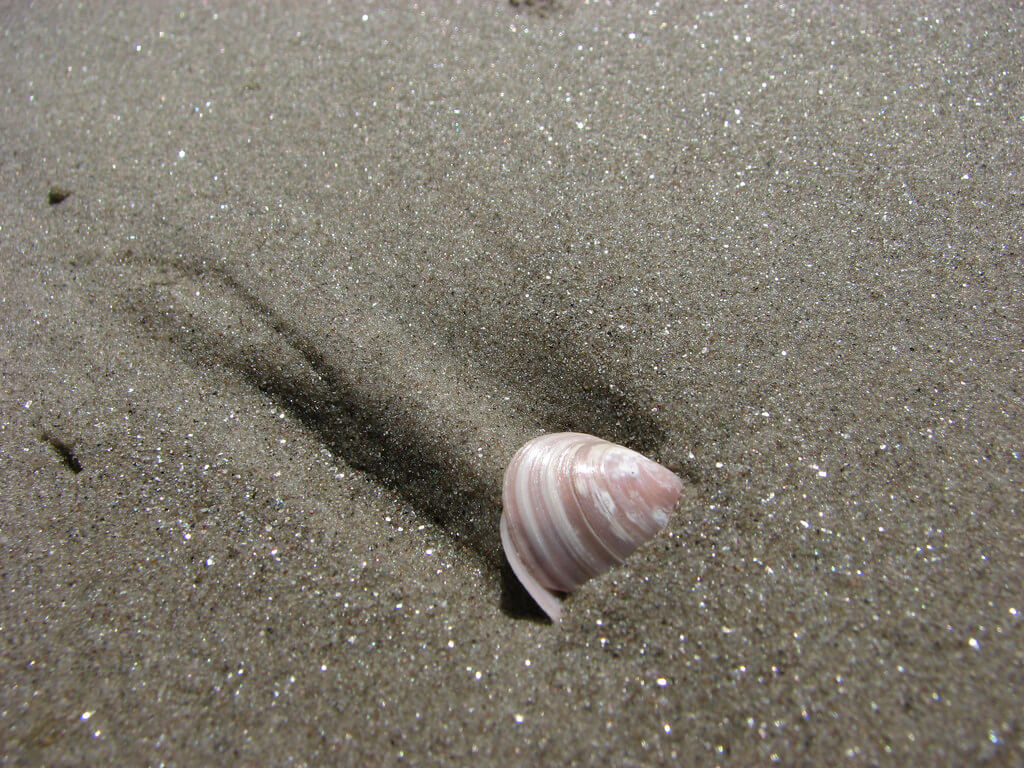
Shudda Brudda – Fishy Backwash
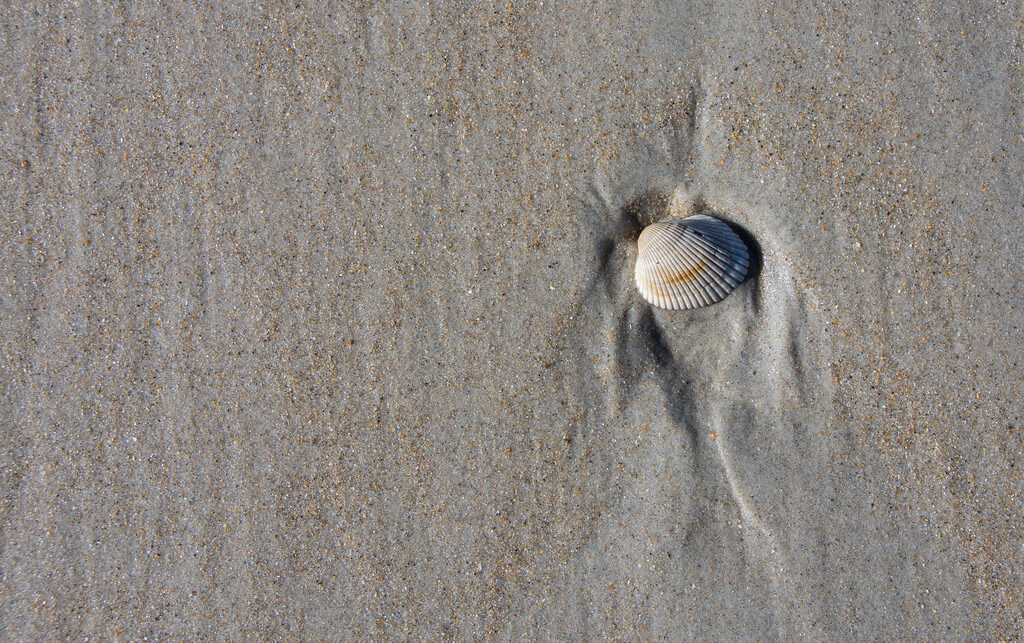
Show more of the beach environment.
Smooth sand isn’t the only part of a beach that looks good with seashells. Beachcombers, tidal pools, and sand drawings are just a few subjects that pair well with seashells. That’s one of the beauties of photographing seashells – you can put them into nearly any beach shot for a nice photo.
Marco Verch – Beach im Sand geschrieben mit Seemuscheln in Vietnam
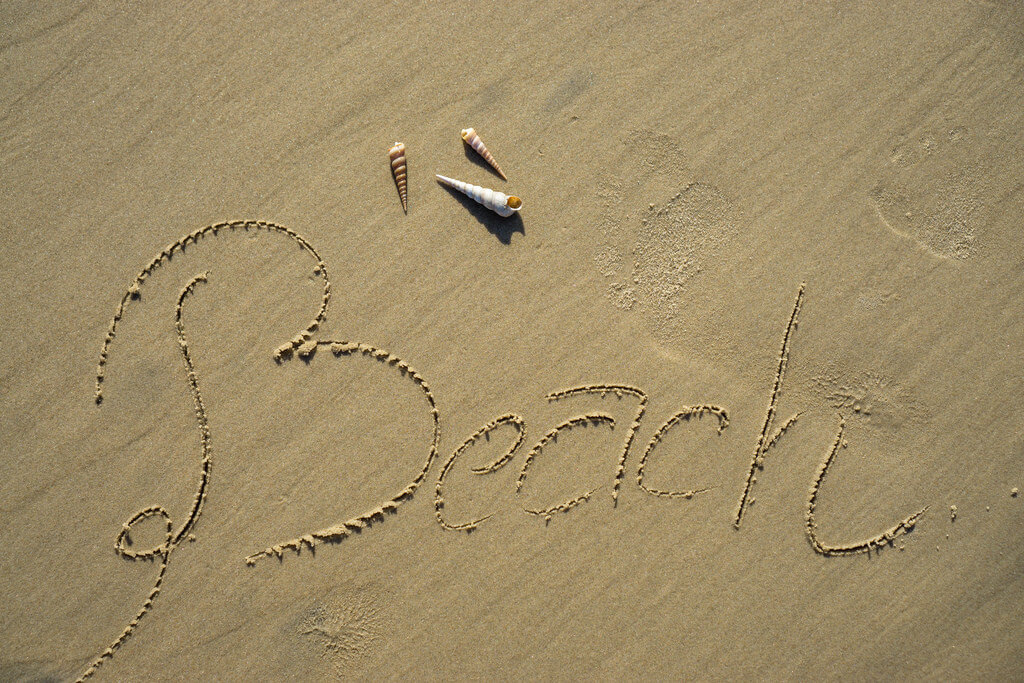
Take a close-up.
Not at a beach? No worries. Seashells are beautiful enough to photograph on their own, too. You can start with a simple close-up. With a particularly lovely shell, you might not need anything else in the photo. But if you’ve only got a plain, unremarkable shell, you can add something colorful for contrast, like a flower or a ladybug.
Karel Macalik – The Shell & The Ladybug
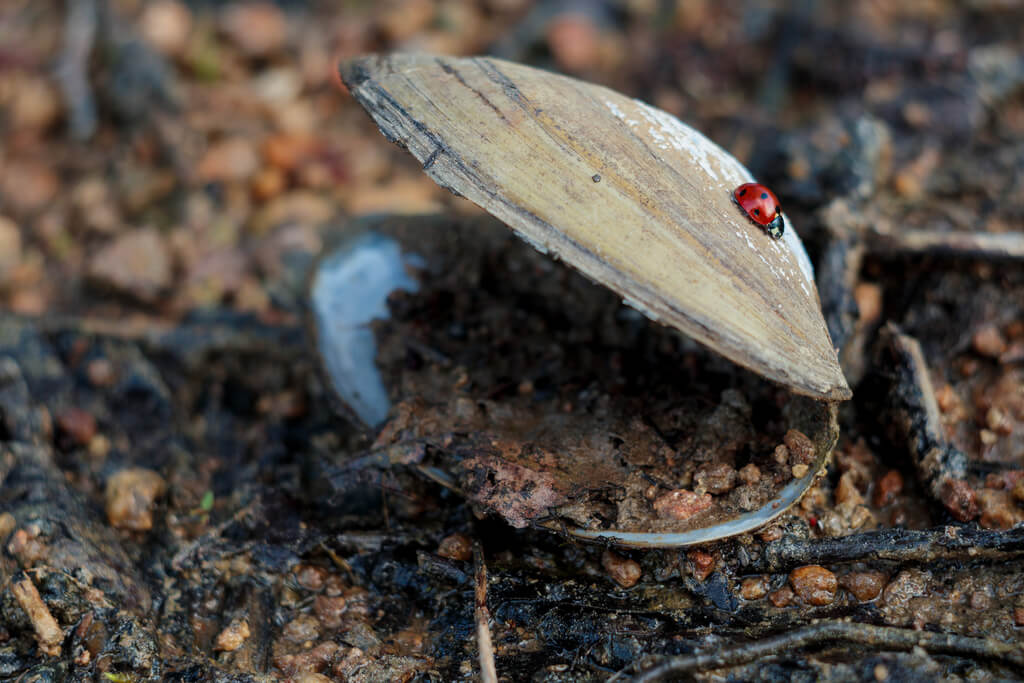
Bernard Spragg. NZ – Scallop shell.
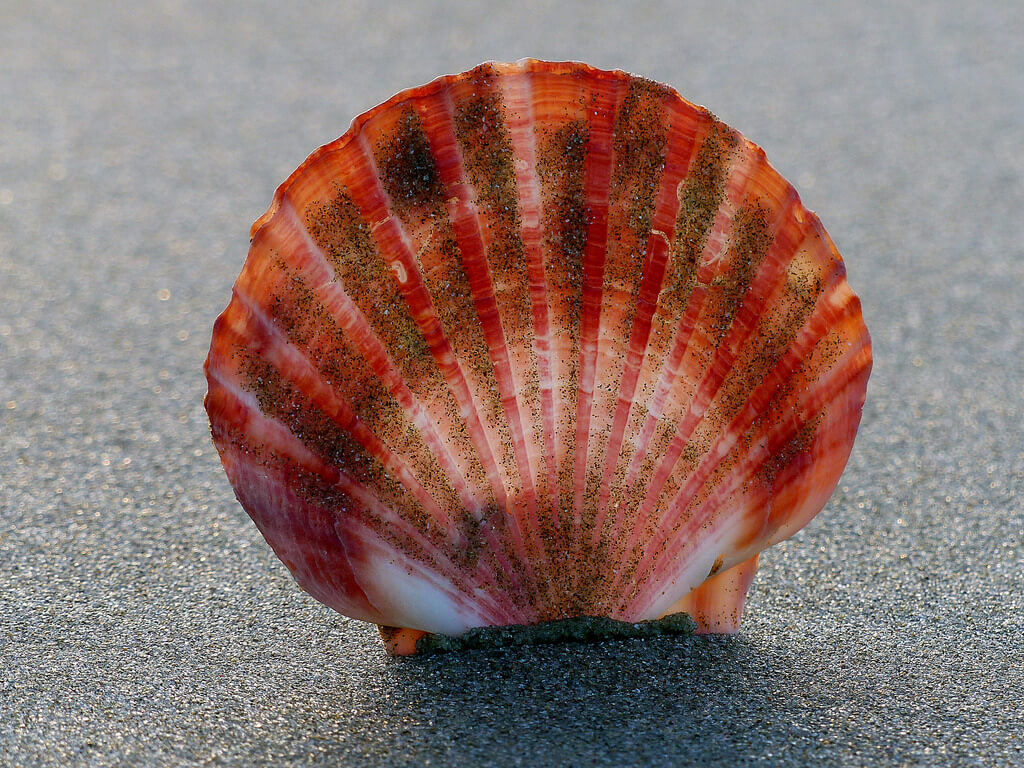
Ansgar Koreng – Focus stack of a shell
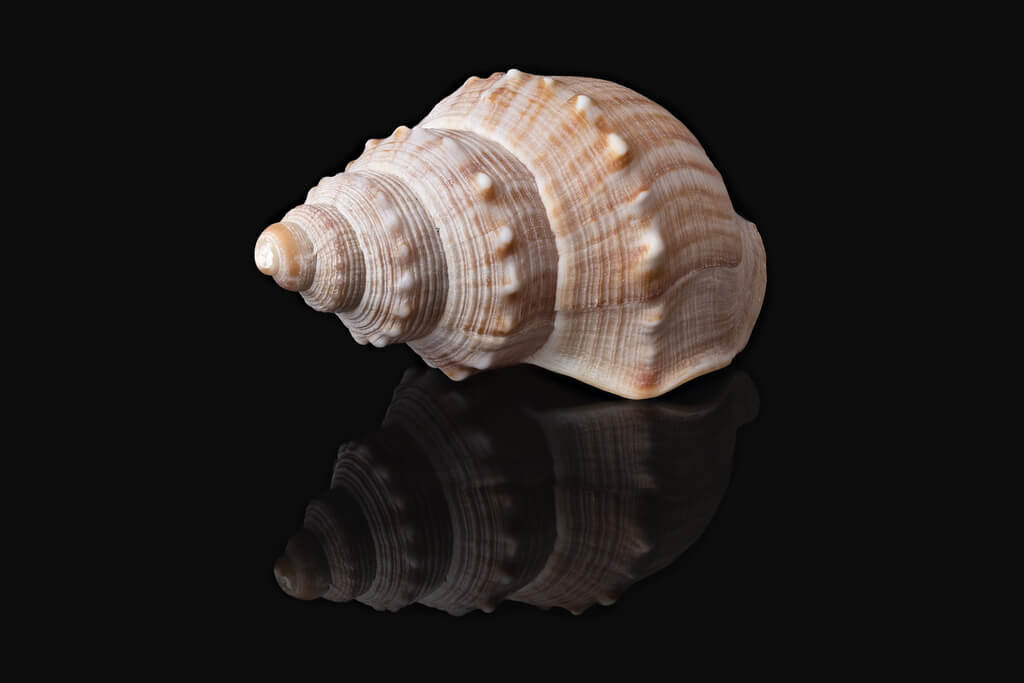
Zoom in on patterns and texture.
Most seashells have interesting textures and patterns that are perfect for macro photography. And unlike popular macro subjects like flowers and insects, you can find seashells in winter, too. They’re one of the few subjects macro photographers can turn to when everything freezes over, and they’re tired of shooting snowflakes.
Bernard Spragg. NZ – Scallop shell.
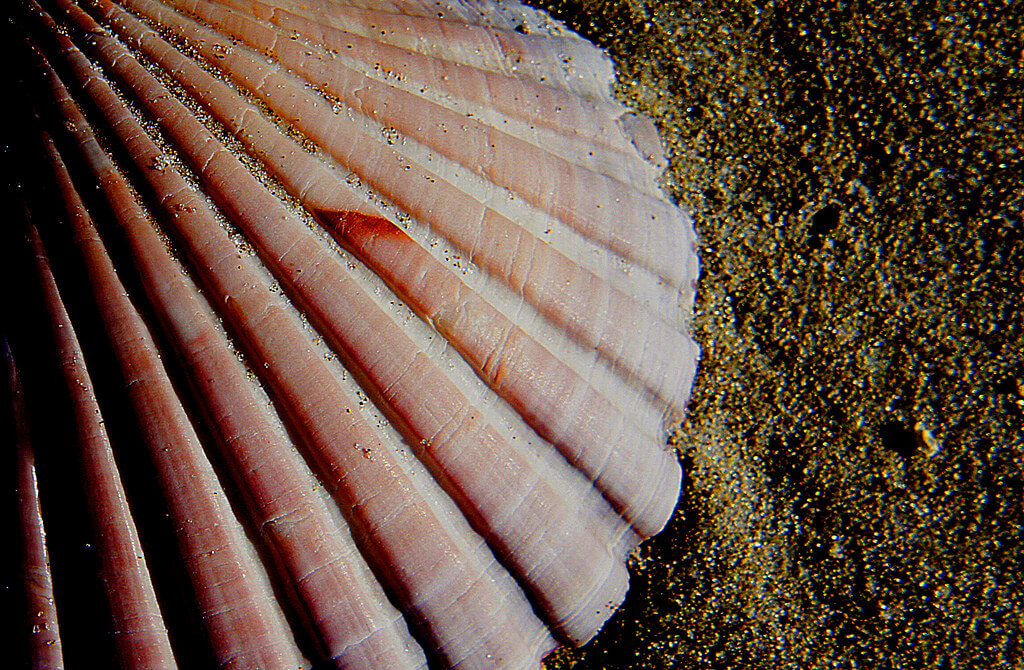
Bernard Spragg. NZ – Sea Shells
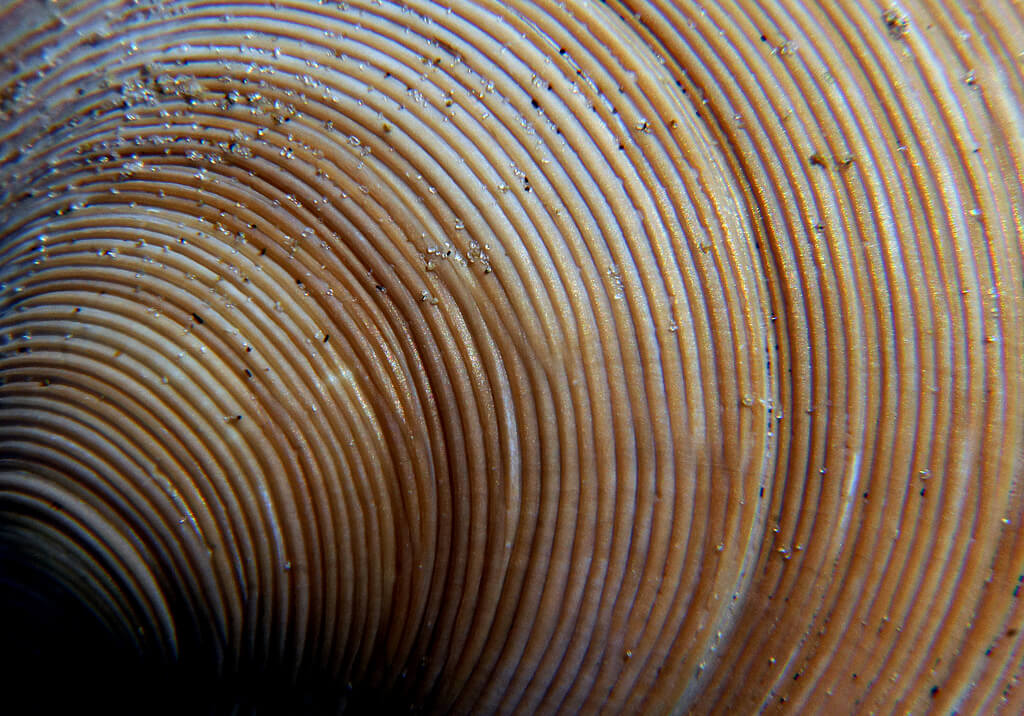
Focus on the tip of a seashell.
If your seashell curves into a tip, you can get a fantastic close-up or macro image by focusing on that tip. Depending on the angle, viewers might recognize the seashell or only see the lovely pattern of circles. Either way, you’ll definitely get some depth of field practice.
Line up seashells in a row or circle.
Another way to highlight patterns and textures is to line up different seashells in a row or circle. This approach is easier than macro photography, yet still effective at showing contrast.
Marco Verch – Muscheln und Schneckenhäuser vor weißem Hintergrund
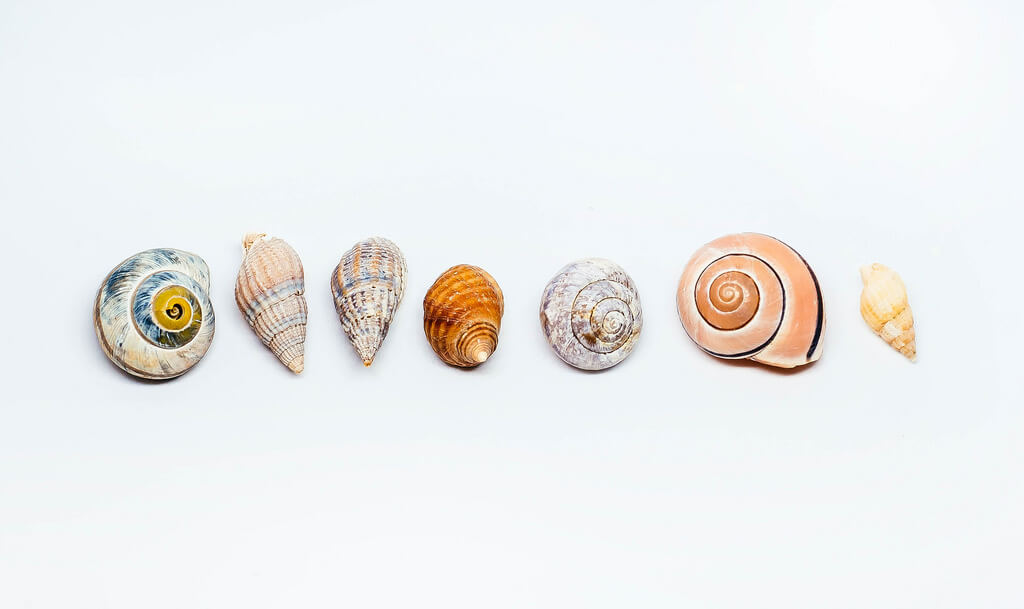
Marco Verch – Muscheln werden in einem Kreis am Strand in Vung Tau, Vietnam gelegt
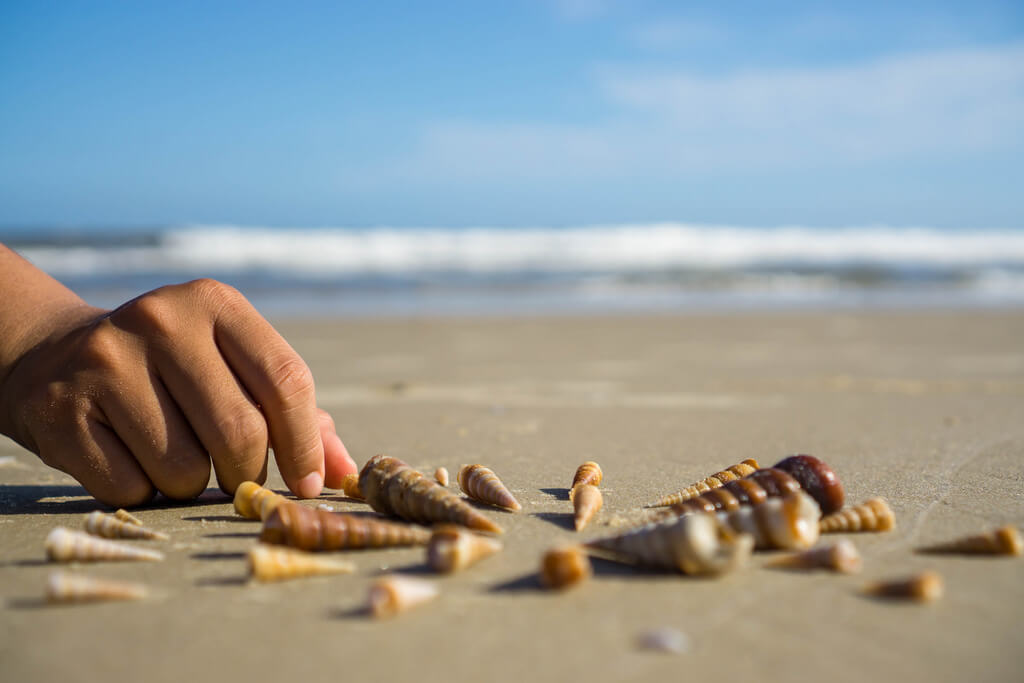
Fill the frame with seashells.
If you’ve got a lot of seashells, you can create an eye-catching photo by crowding them together and filling the frame with only shells. With this composition, you won’t need to think about the background, but you might find yourself arranging and rearranging the shells for dozens of different photos.
Bernard Spragg. NZ – Shell beach.
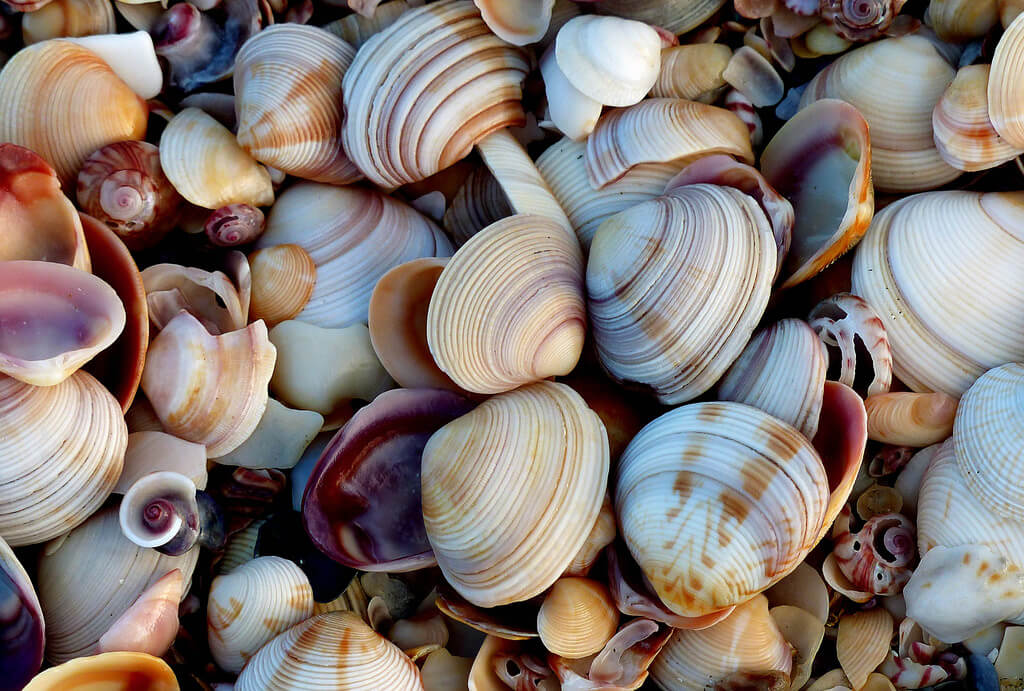
Play with humor.
Clamshells are great for humorous shots because they have a “mouth,” which gives them personality. With the right title, you can turn an everyday shot of clams into a funny scene that makes your viewers laugh or smile.
